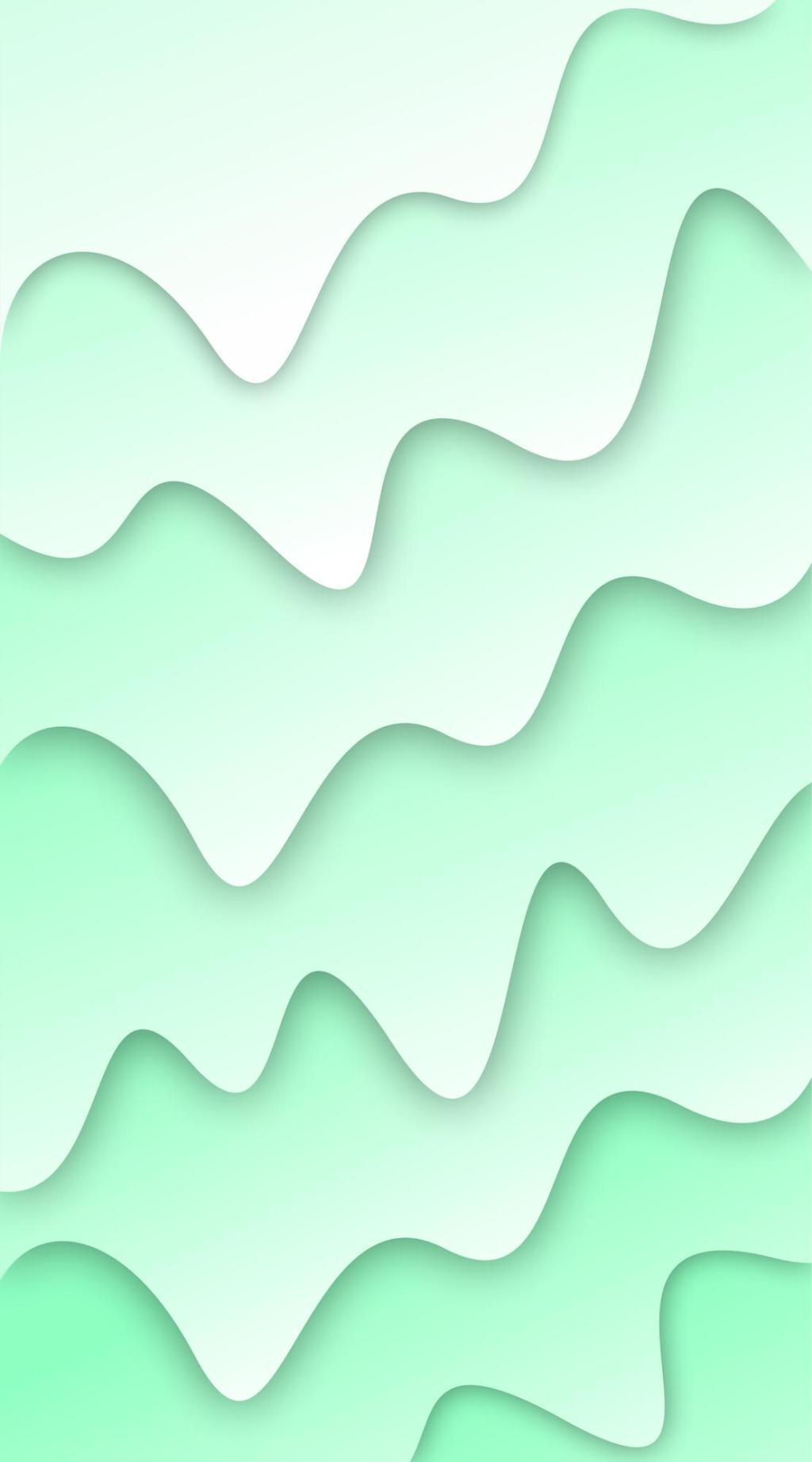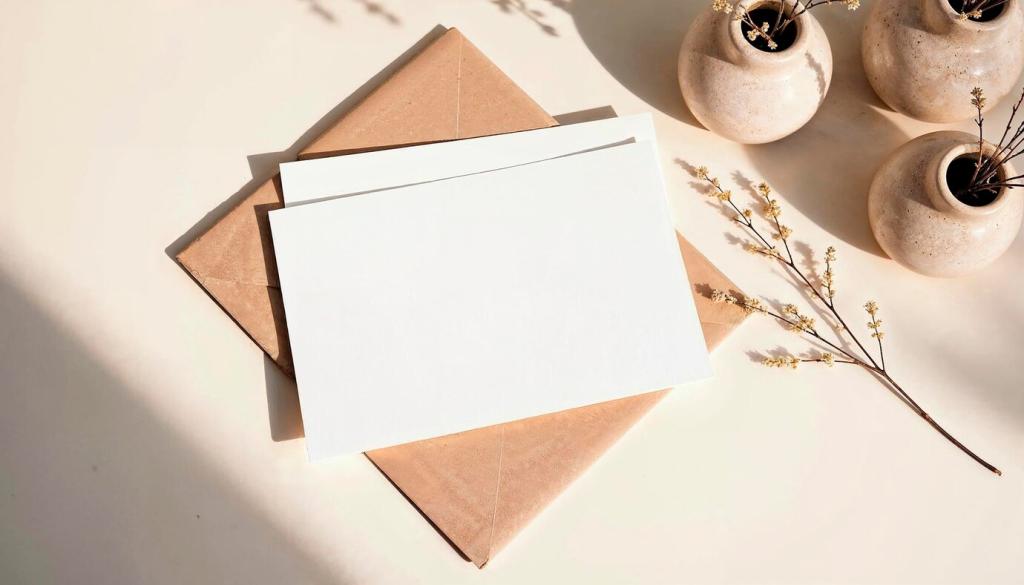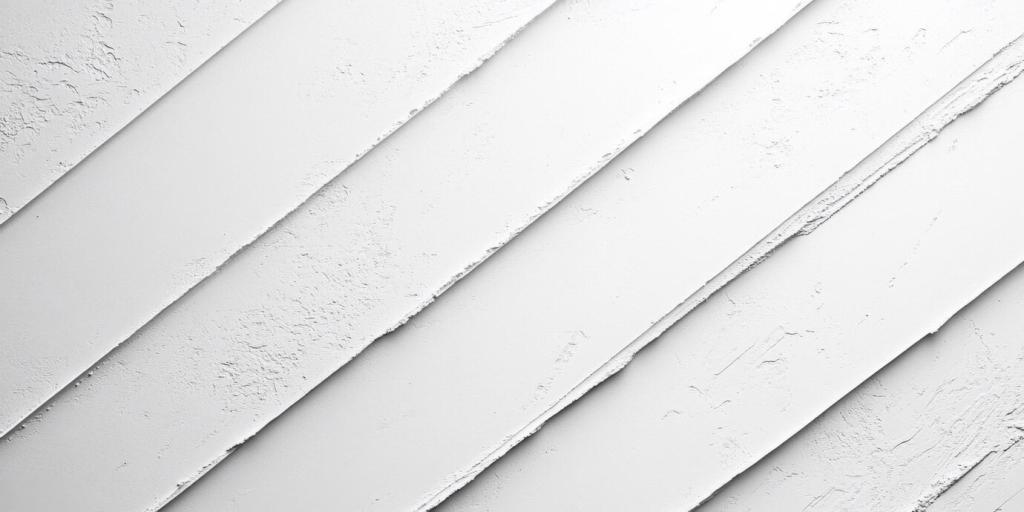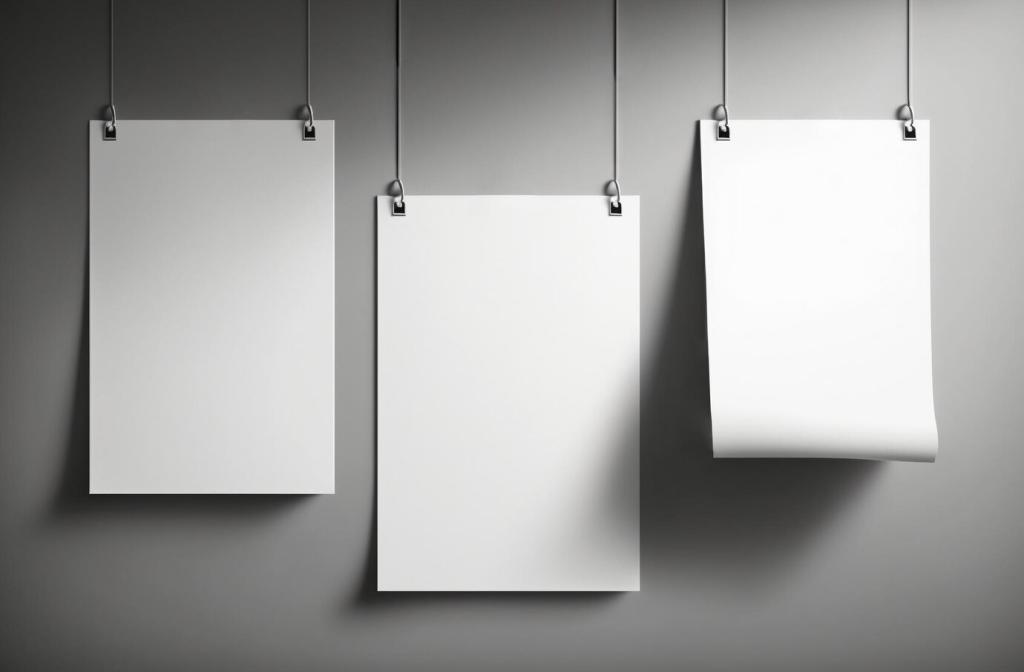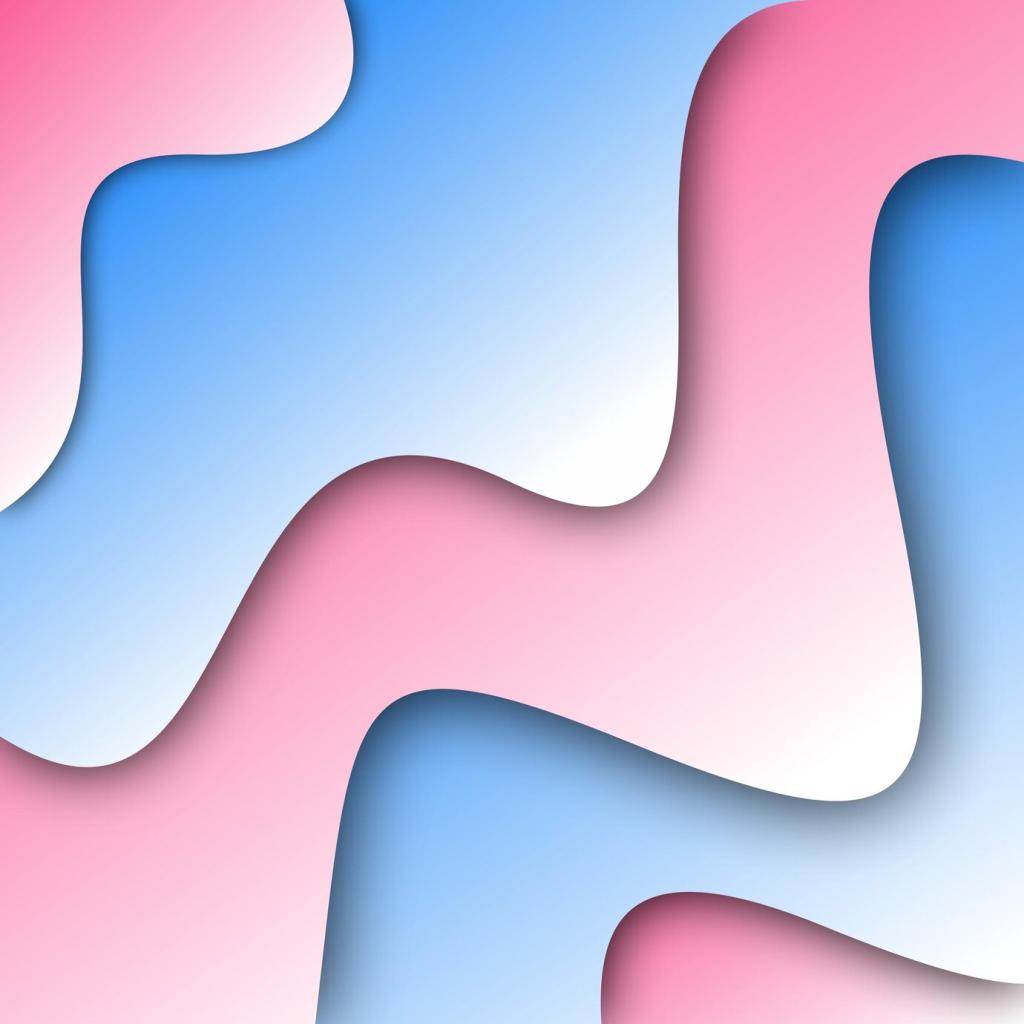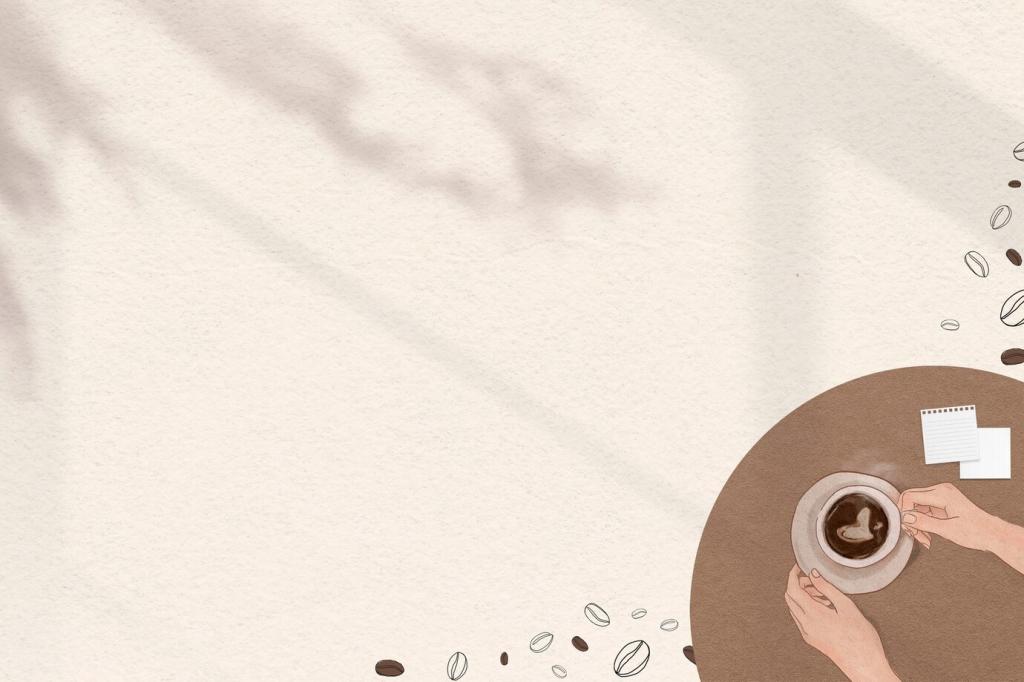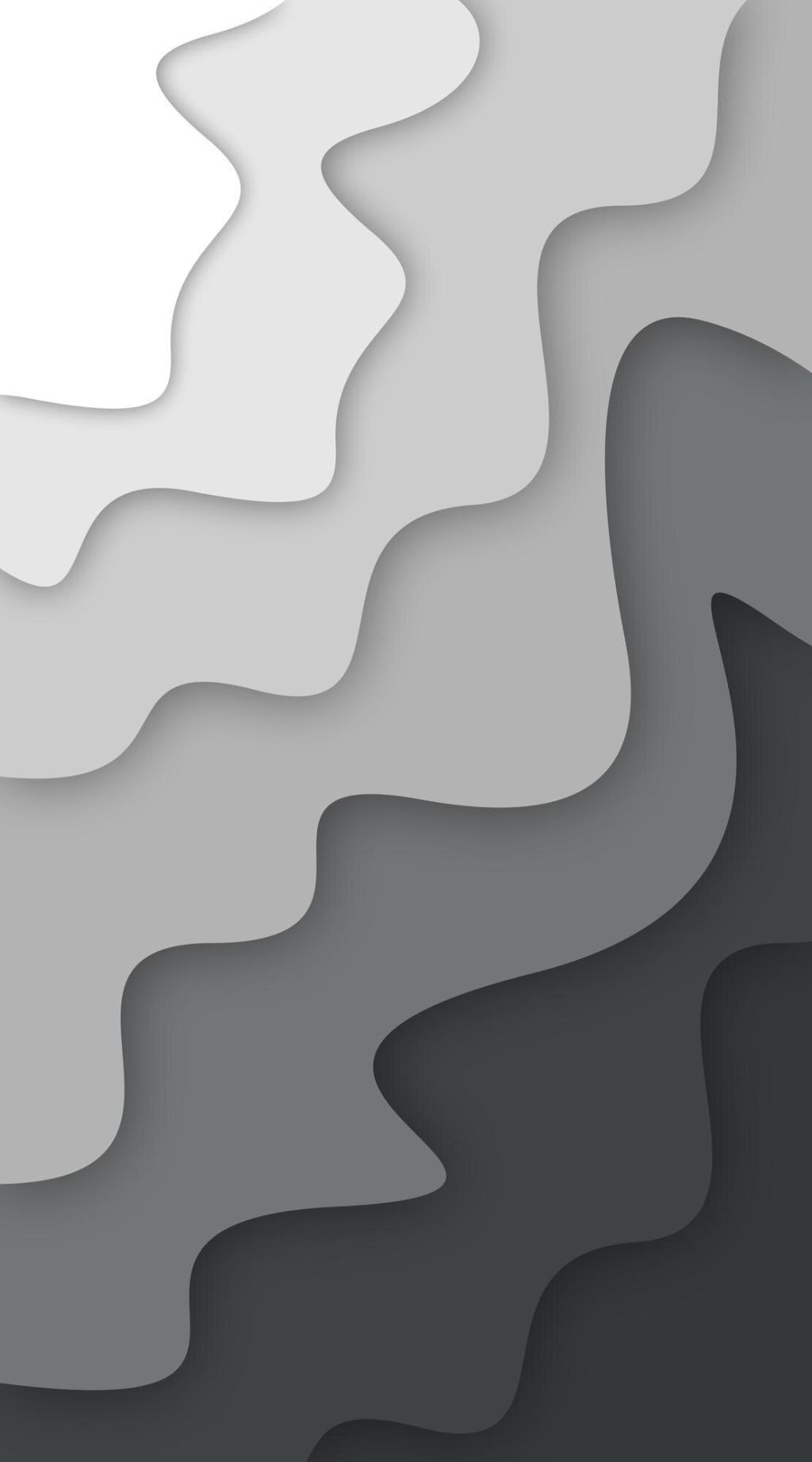Material Truth: Steel, Light, Stone, and Canvas
Judd’s anodized aluminum boxes and Andre’s steel plates turn factories into collaborators. Fabrication is not a secret but a method for consistency and clarity. Viewers sometimes hesitate to step on Andre’s works, unsure if walking is allowed. That hesitation is part of the piece, a felt negotiation between our bodies, the metal’s chill, and the gallery’s social rules.
Material Truth: Steel, Light, Stone, and Canvas
Mono-ha installations often allow gravity, fragility, and contingency to play an active role—glass leaning against stone, paper resting on rope, earth pressed by steel. Instead of permanence, these works embrace states of balance. The poetry lies in edges, pressures, and shadows, asking us to witness relationships that could shift with a breeze, touch, or change of light.

